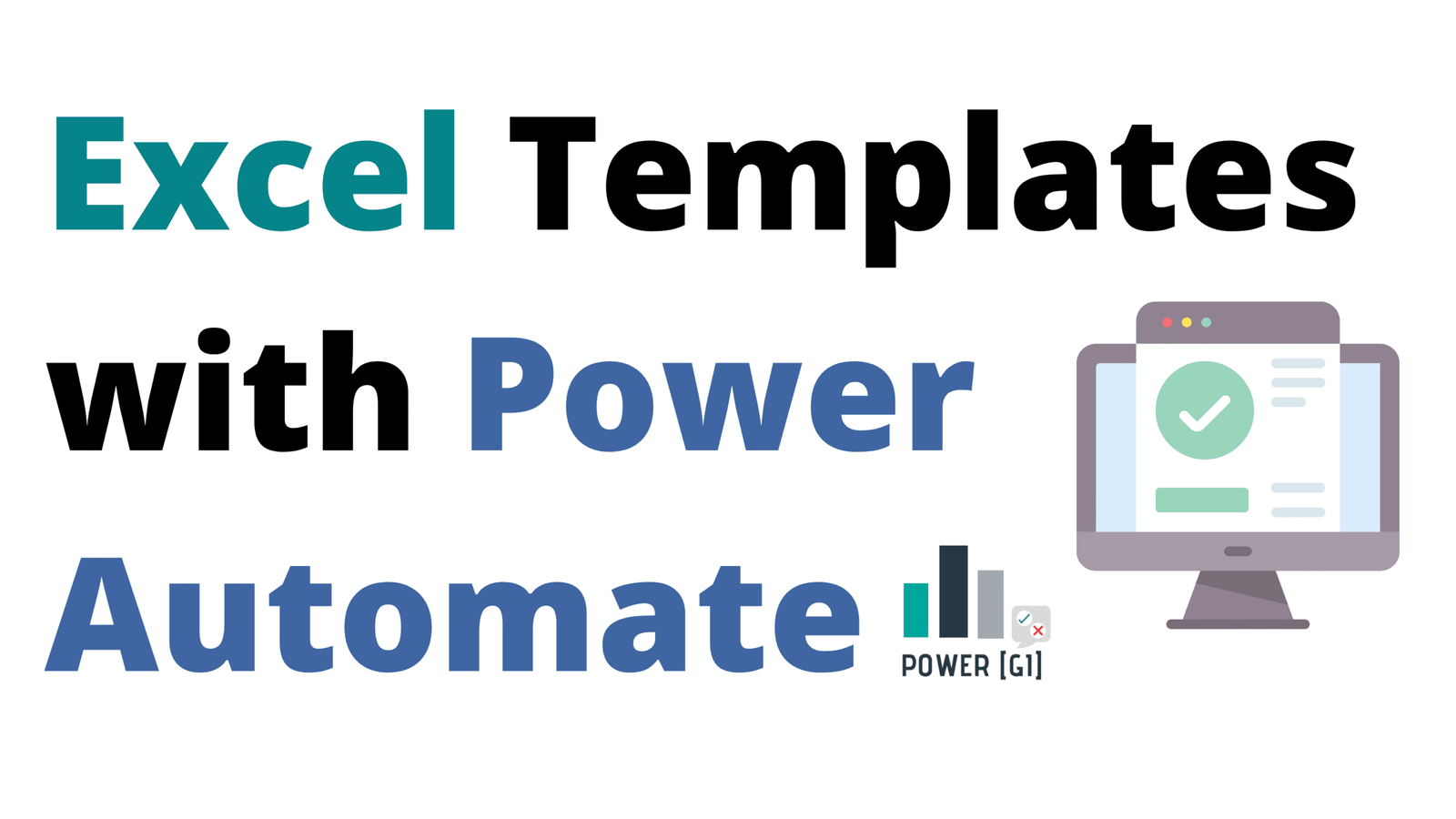Table of Contents
Introduction to Excel templates in Power Automate
Filling out an Excel file with repeating data is a very common scenario in many departments:
- Invoices
- Project charters
- Marketing proposals
In this blog, we will show how to create fillable Excel templates with Power Automate that can be populated automatically with information from a SharePoint list, using Office Scripts and out-of-the-box table actions.
We will cover both tables (for lists or repeating rows) and single cells (for key details like names, dates, or totals). A combination of both Office Script and out-of-the-box table actions will be used.
Use case description
We have a Power Apps application that is being used to create projects and add different pieces of information: general project data, budget details and team members.
The Excel file will serve as a standardized project overview document. Once the project is submitted, the template will be automatically populated with information gathered from a Power Apps form (like the one shown above) that’s connected to multiple SharePoint lists. Using Power Automate, we’ll pull all relevant project data and fill it into the Excel template.
Below is an example of how it will look:
Here’s what the flow will populate:
- General Project Details (single cells): Company, Project Name, Department, Priority and Total Approved Budget.
- Budget Table (table): Annual budget distribution per year, with columns for Year and Approved Amount.
- Team Members Table (table): List of project collaborators, including Name, Role, Contract Type, Department, and Weekly Hours.
Step-by-step walkthrough
Create Excel template and upload to SharePoint
Make a list of all the details that will be stored in the template and add the cells, tables and format required in a regular Excel file.
Upload the file to a SharePoint location:
Create an Office Script
Since there are some plain cells that will need to be populated, an Office Script is a really good option to update the file from Power Automate.
The
The script will require some “input” parameters because we need to pass some information from Power Automate to the Script so it can write correctly in the cells we define.
The code for the Office Script we’ll be using should look as follows:
function main(workbook: ExcelScript.Workbook, projectName:string, companyName:string, departmentName:string, priorityValue:string,budgetTotal:string) {
let selectedSheet = workbook.getActiveWorksheet();
// Set range B6 on selectedSheet
selectedSheet.getRange("B6").setValue(projectName);
// Set range B9 on selectedSheet
selectedSheet.getRange("B9").setValue(companyName);
// Set range B12 on selectedSheet
selectedSheet.getRange("B12").setValue(departmentName);
// Set range B15 on selectedSheet
selectedSheet.getRange("B15").setValue(priorityValue);
// Set range N6 on selectedSheet
selectedSheet.getRange("N6").setValue(budgetTotal);
}
Move Office Script from OneDrive to SharePoint
And move to a SharePoint location:
Create the Power Automate workflow
Set up trigger
Create an automated cloud flow in Power Automate that runs when a SharePoint item (project) is created or modified.
Retrieve Project Data
Use Get Items actions to pull related data from multiple SharePoint lists (such as Project Team and Budget). This filter can be done through OData queries. Filter each dataset using the current project’s ID to ensure only relevant records are included.
Make a Copy the Excel Template.
Use the “Copy file” action to create the Excel template stored in a SharePoint library into a target folder for generated files.
Populate Excel Tables.
Using the “Add row to a table” action, insert the retrieved data from Project Team and Budget details into two Excel tables within the copied file:
- Team Members Table: Add rows for each project team member.
Budget Table: Add rows for each annual budget record.
Update Header Fields with the Office Script
Use the “Run Office Script from SharePoint Library” action to fill single-cell project details (e.g., Project Name, Company, Department, Priority, and Total Approved Budget).
You’re ready to test!
Step-by-step video
Head to our YouTube channel and watch a full step-by-step video to learn how to use Power Automate to automate the creation of fillable Excel templates.
How our Power Platform Development services can help
Using our Power Platform consulting services, our team can help you bring automation ideas like above to life: from building user-friendly Power Apps and designing intelligent Power Automate flows, to integrating data seamlessly across SharePoint, Excel, and other business tools.
Contact us, we’ll be more than happy to have a conversation and see how we can be of help for your team.


